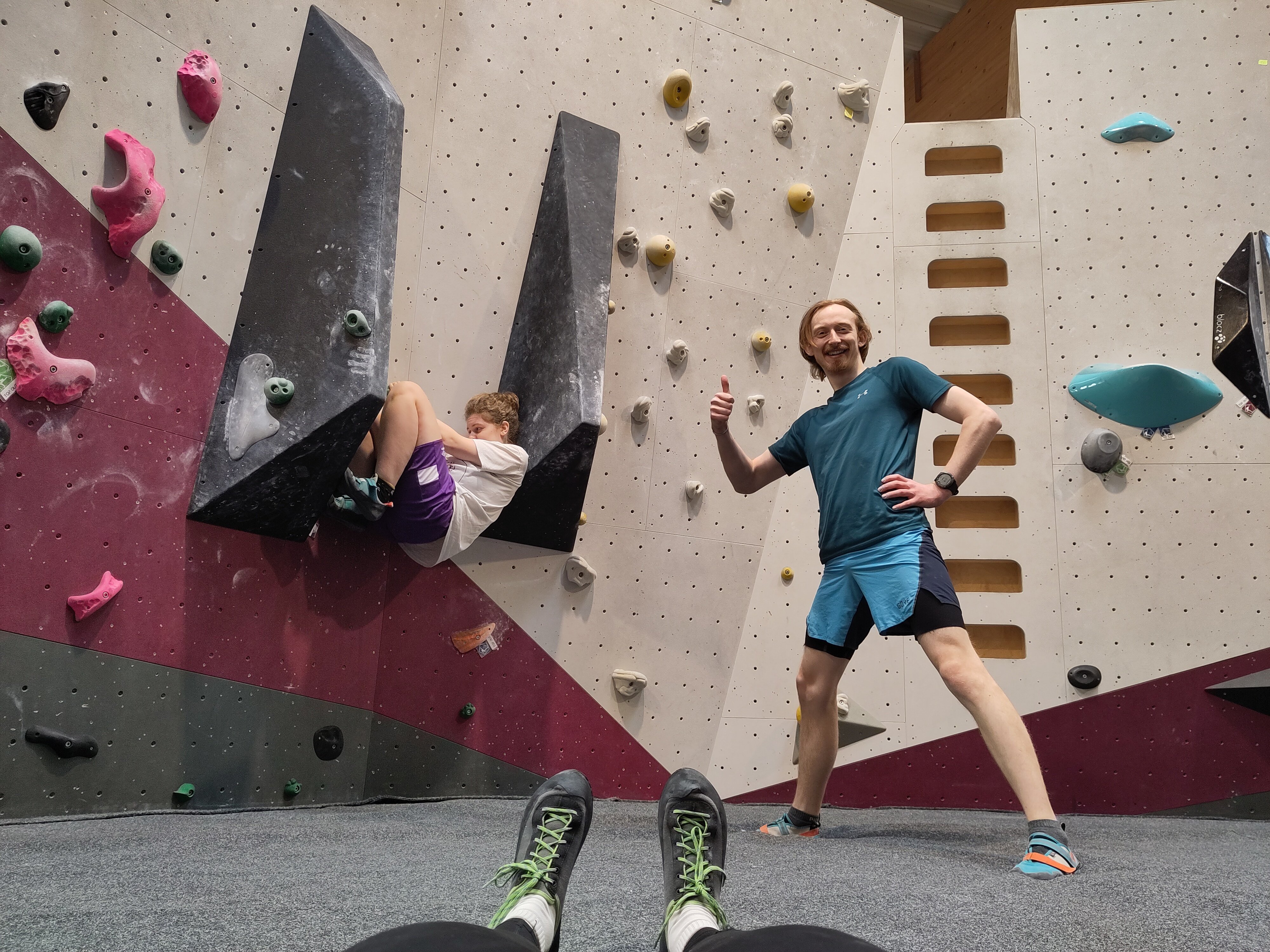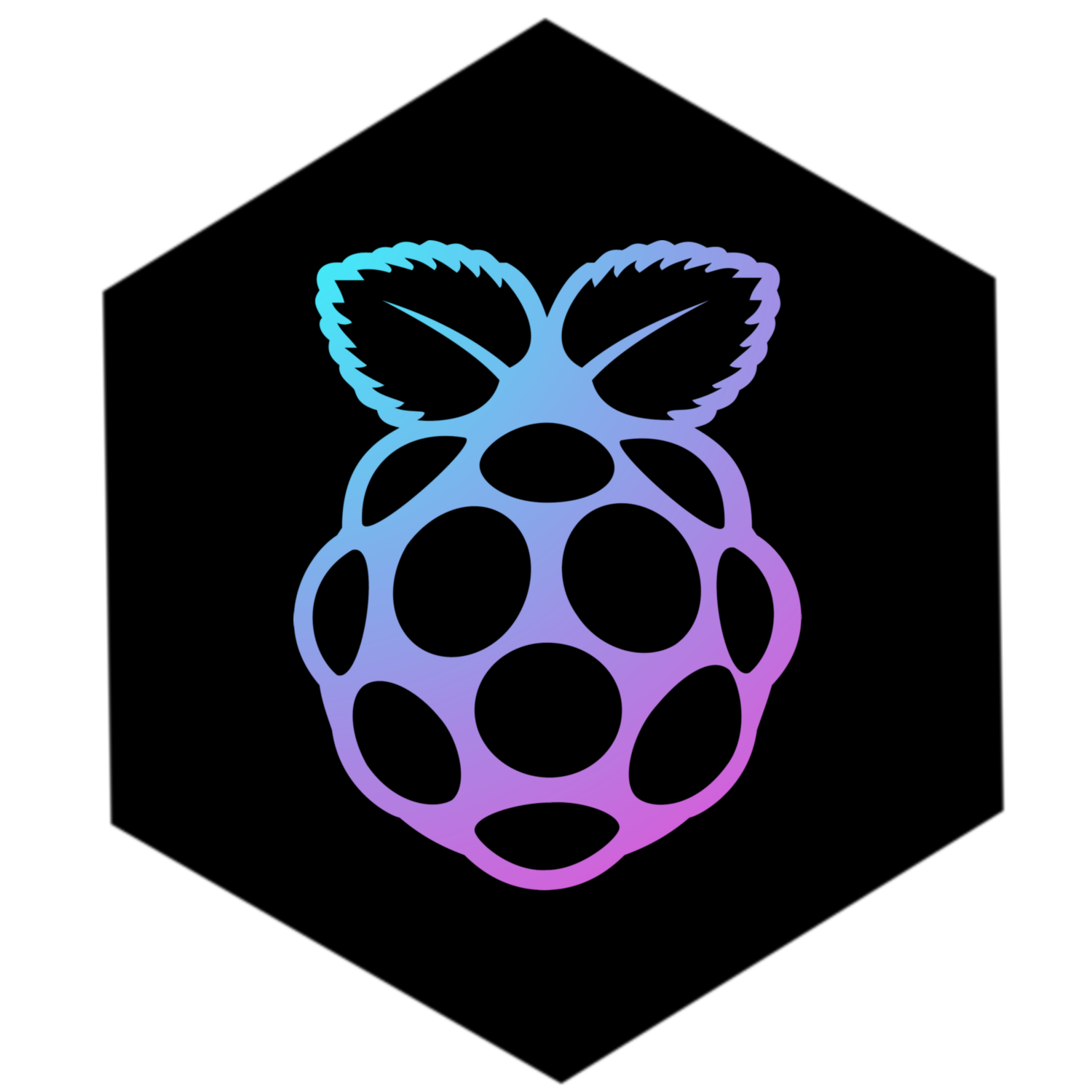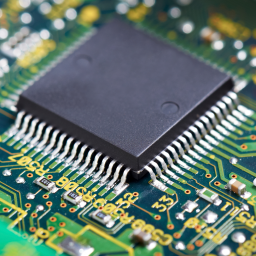Moritz
- 23 Posts
- 28 Comments

 1·7 months ago
1·7 months agoSee https://lemmy.world/comment/9404186 for a Solution. Spoiler: switching from NVIDIA to an AMD GPU fixed the issue.

 1·7 months ago
1·7 months agoSee https://lemmy.world/comment/9404186 for a Solution. Spoiler: switching from NVIDIA to an AMD GPU fixed the issue.

 1·7 months ago
1·7 months agoI also had problems with NVIDIA and I made the tough decision to buy a new Graphics card. After switching to an AMD GPU, the Audio issues were also gone… Don’t ask me why, I’m just happy, that I have a working setup now.

 0·7 months ago
0·7 months agoFedora has an annoying release cadence IMO. I have experienced desktop bugs in the early GA releases before which put me off. If I wanted instability I would sooner go with Arch (and I am yet to have many issues with Arch yet).
Do you mean they are too frequent, or what do you mean?

 0·7 months ago
0·7 months agoI am also curious. FreeBSD is, in my opinion, is such an unorthodox choice.

 0·7 months ago
0·7 months agoYou can also use container within NixOS and AFAICT even declare the containers which should be running. Also NixOS is sad to be stable, or am I missing something?
 1·7 months ago
1·7 months agoLike you, I also planned to use containers for most everything, but… I eventually decided not to.
What was your reasoning for not using containers?

 3·7 months ago
3·7 months agoFirstly, I don’t think Docker is intended to be used as a security layer. I could be wrong, but I think it’s relatively easy to escape the sandbox. Although that might be different nowadays.
You are probably right. It’s just something I tell myself to sleep well at night.
Anyway, I recently switched from Debian to NixOS for my server and it’s so much nicer. Being able to use a single language for configuring everything all in one place is so nice. If I want to try something new, I can just throw maybe 30 lines in a config and it’s there. If I don’t like it, then I can remove that config and it’s gone. Most services you’d want to run on a server are available in the package manager, and many have rather sensible defaults.
So you are installing your services/programs on your system and not inside a container, which you declare in your config?

 1·8 months ago
1·8 months agoSadly, using WebCord or WebCord doesn’t fix the issue for me :( My sound is still deadlocked somehow.

 1·8 months ago
1·8 months agoSadly, using WebCord or WebCord doesn’t fix the issue for me :( My sound is still deadlocked somehow.

 1·9 months ago
1·9 months agoI already knew the video and I am considering giving it a try. I wanted the E-Reader to be also able to display PDF files, which is easier to implement with linux as a basis, I thought.

 1·9 months ago
1·9 months agoI thought about setting the CM4 to sleep when no input was done for ~10min and just hoped, that that would reduce the power consumption enough to last at least 1 week or up to 1 month when used for 1h a day. But it was just a thought. I have not settled to an approach yet.

 62·9 months ago
62·9 months agoI am running Ubuntu server and I am… satisfied with it. It does what it should, no problems, nothing to worry about, stable AF (as any mature distro?). But lately I am thinking about switching to fedora server (I need to reset my system one way or another, because my space on the hard drive for the system ran out of space (it was a small drive)). I am using fedora on my work machine and I really like it, so I thought I could give fedora on my server a try.

 33·9 months ago
33·9 months agoThe is the messenger matrix from the German blog Kukitz-Blog (it is a blog with a strong focus on privacy and is in my opinion well informed). But no worries, the matrix is also available in English.
Maybe you can take some inspiration from the matrix.
Thank you very much. This helps a lot!
As far as I can tell, Černý Důl doesn’t have a train station, are you sure you’re not looking at buses?
Yes, I also meant busses. I should have included that in my message. My bad.
Also the website you linked shows two connecting buses and the price it shows for this route is a “partial price”, meaning you can only buy ticket to the first bus from the site. I would guess the second bus ticket would be purchased on the spot then.
Ahhh, okay. That explains the price, thank you for clarifying!
Do you know a good App/Website where I can look up the bus times? For example here in Germany we have the DB App (DB = Deutsche Bahn = german railroad).

 1·10 months ago
1·10 months agoFor anyone who wonders how I solved my issue:
I created the file
~/.config/systemd/user/protonmail-bridge.serviceand wrote the following into it:[Unit] Description=ProtonMail Bridge Flatpak Service [Service] ExecStart=/usr/bin/flatpak run ch.protonmail.protonmail-bridge --no-window Restart=always RestartSec=10 [Install] WantedBy=default.targetIf you are not using the Flatpack version of ProtonMail Bridge, then modify the
ExecStartvalue to your installation.After that I ran
systemctl --user start protonmail-bridge.serviceto start the service andsystemctl --user enable protonmail-bridge.serviceto make it auto-start upon login-in into my account.









I just tried it. When using it (in a bright environment, had no dark environment/ night at my hands) the time to take the image felt like 1s max. So not that much longer. Also I would like to control the exposure time…